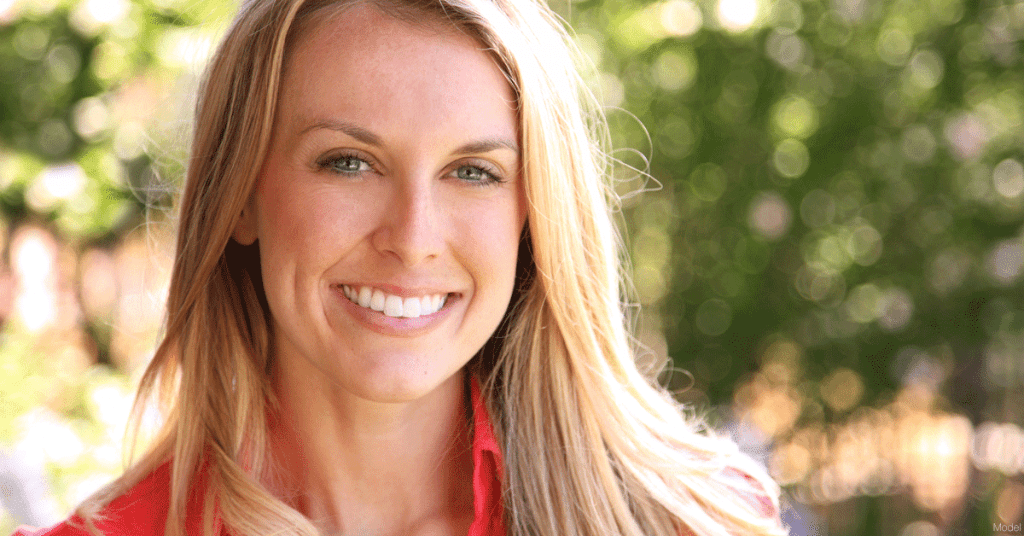One of the primary concerns of patients considering rhinoplasty at our Harrisburg, PA, practice is the recovery. They’re generally surprised to hear that recovery following rhinoplasty surgery typically involves little pain. There’s swelling and bruising and some discomfort, but those side effects usually resolve after about a week.
Even though the recovery may be better than expected, there are ways to help the healing period after rhinoplasty go as smoothly as possible. In this blog post, I’ll offer some tips that can help shorten the recovery after your procedure.
Rhinoplasty Recovery Tips
One of the simplest tips to follow is to stay in touch with your plastic surgeon after the procedure. That may seem natural, but some patients hesitate to call surgeons because they think they’re overreacting. It’s important to promptly contact the surgeon’s office with any questions or concerns you may have.
Here are some other tips:
- Go easy on exercise: Rhinoplasty patients may feel like they’re ready to hit the gym, but it’s important to pay attention to the detailed post-op instructions provided by their plastic surgeons. These instructions typically include specific timelines regarding when to resume physical activity (beyond walking). You should refrain from bending over, lifting heavier objects, and increasing your blood pressure for at least 2 weeks. You can learn more about other activities to avoid during recovery from Healthline.
- Reach out to friends and family: Even though the recovery may not be as painful as anticipated, you’ll still appreciate having an extra pair of hands to help out around the house or run errands during the first 24 to 48 hours. It’s very important to arrange for a ride home from the surgery. If you have children—especially younger children who need to be carried—you’ll need child care because lifting is off-limits during the recovery’s early stages.
- Be extra cautious: Avoid bumping your nose. This may not seem too difficult, but patients with children or pets need to be careful around them because sudden, unexpected movements that make contact with the nose can cause a longer recovery period.
- Avoid salty foods: This is a fairly good habit to adopt anyway, but following rhinoplasty salty foods can prolong swelling.
Most of these tips apply to the earlier stages of recovery, but it’s important to remember that the healing process following rhinoplasty can last several months. From about 1 month to 3 months after rhinoplasty, the nose continues to heal, but you should expect lingering minor swelling.
You’ll continue seeing changes for several more months as swelling at the tip goes down. The final result is generally seen about a year after the procedure.
To see your potential with rhinoplasty, view our gallery of real patient before-and-after pictures.
If you’re still not quite ready to take the final step for rhinoplasty surgery, you might want to consider a nonsurgical rhinoplasty first. You can find more information about weighing the pros and cons of a surgical versus a nonsurgical approach in our related blog post.
If you are ready to discuss your rhinoplasty options in the Harrisburg, PA, area, use our online form to request a consultation or call our office at (717) 728-1700 to schedule an appointment.


Leave a Reply